How to Identify Neutral Wire with Multimeter
Every appliance runs smoothly and the electrical system in your home is one of the last things you worry about.
However, the time comes when a problem arises, maybe in the middle of the night, and you are forced to fix it up yourself.
Dealing with wires in your sockets is one of the activities you want to pay a lot of attention to.
The neutral wire is an important component and one mistake with it can give you more to worry about.
This article presents you with all you need to know about identifying a neutral wire, including how to go about the simple process with a multimeter.
Let’s get right in.
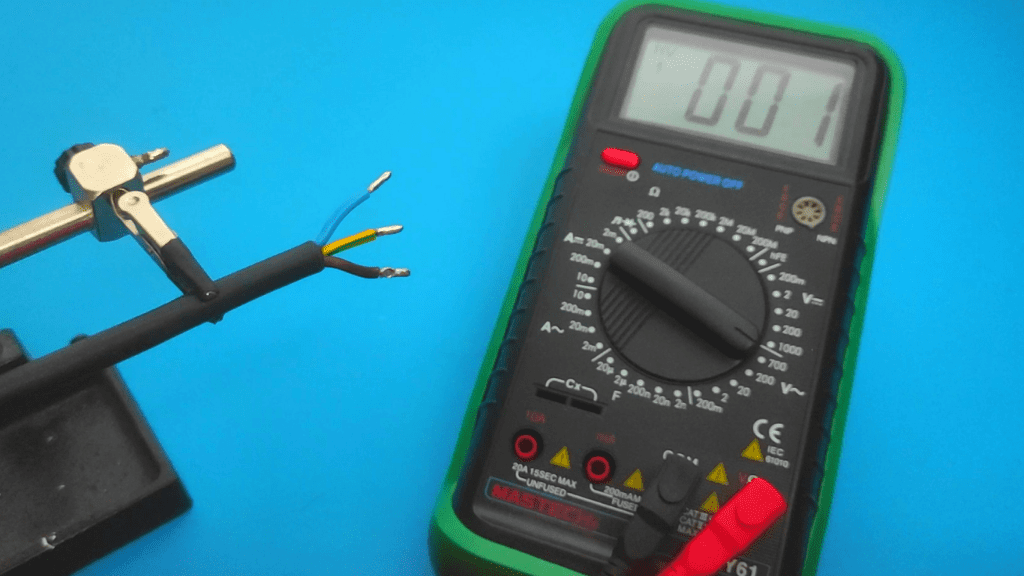
Types Of Wires
Before diving into the whole process, you need to have an understanding of your home’s electrical system.
In a home electrical circuit, there are three types of wires. These are the live wire, the neutral wire, and the ground wire.
The live wire is the hot wire that carries electricity from the primary source to the socket and electrical appliance in need.
If the circuit is open, there is always current running through the live wire.
The earth wire is also known as the circuit protective conductor (CPC) and serves the function of directing current to the ground.
Current is directed to the ground to limit the dangers posed by a broken circuit or damaged fuse.
The neutral wire takes current away from the electrical appliance and back into the power source.
It is important, as the wire completes the circuit. It ensures that current flows back into the primary power source and is supplied to other appliances.
In case you want to make changes to your electrical components, you need to identify which of your wires is neutral.
This way, you avoid damaging the whole electrical system.
Equipment Needed To Identify A Neutral Wire
There are three ways to identify your neutral wires and the method you choose determines which tool or equipment you need.
The required tools include
- A Multimeter
- Appropriate color code guide for your electrical system
- Voltage tester.
- Third hand (tool)
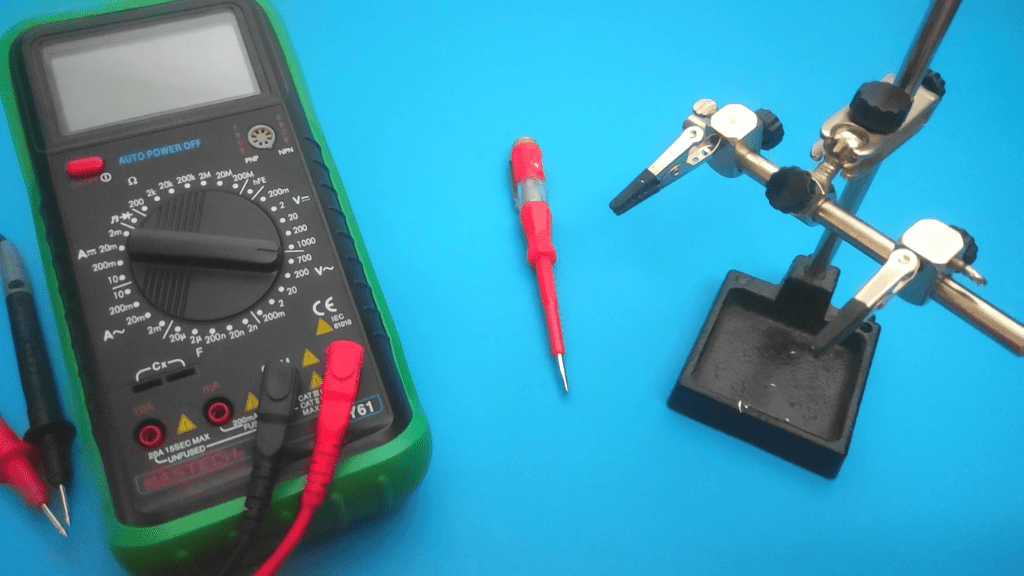
How To Identify Neutral Wire With Multimeter
Set the multimeter to the highest voltage range, ground your black (negative) probe on a metal surface, and place the red (positive) probe on each of the exposed wire endings. The multimeter does not produce any reading if the wire is neutral.
This process, as well as other methods of identifying a neutral wire, will be explained further.
- Take Preemptive Measures
To accurately test which of your wires is neutral, you need current to be flowing through them.
You don’t want to get hurt, so the most important safety measure to take note of is wearing safely insulated gloves.
Other measures include keeping your hands dry at all times and ensuring that the wire endings never have contact with each other.

- Open Wall Sockets
Locate a wall socket and open it to expose your wires.
You’d expect to see them screwed into different terminals within the socket, so you need a screwdriver to both open it up and free up the wires.
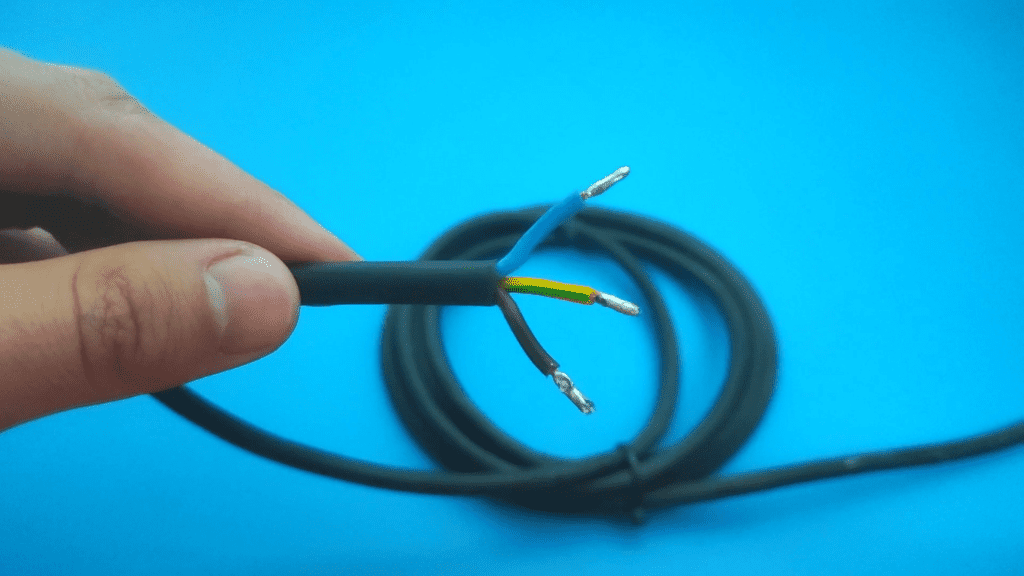
- Set Multimeter To Voltage
Turn your multimeter dial to the highest AC voltage range.
Home appliances make use of AC voltage, so this is what you want to be testing.
You also set it to the highest range so that the multimeter reads correctly and its fuse is not blown.
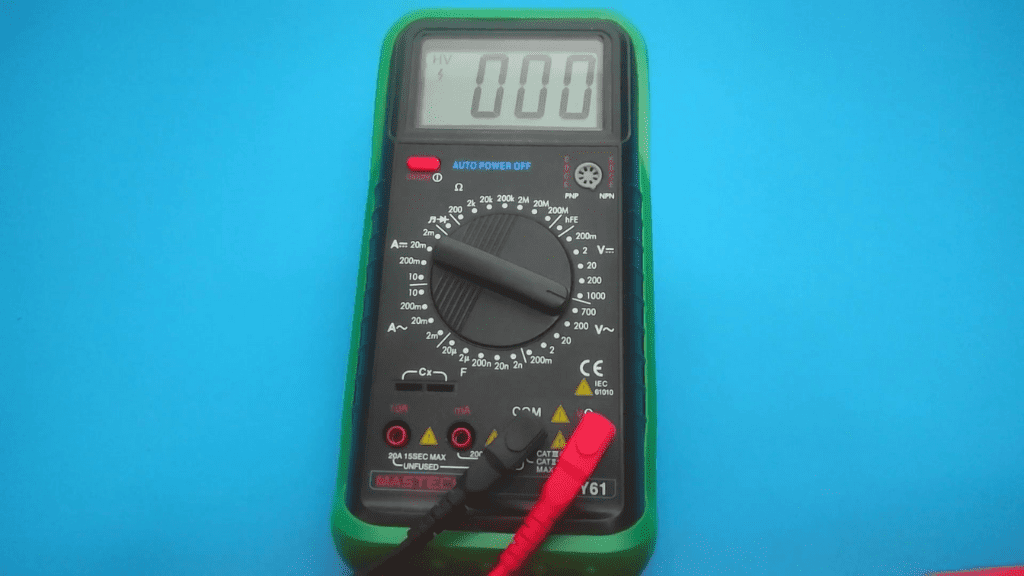
- Place Multimeter Probes On Wires
Now, you place your multimeter probes on each of the wires to test them out. However, there are positions to take note of.
To find the neutral wire, you need to test a ground connection against a neutral or hot connection.
Place your black (negative) probe on any metal surface to serve as the ground connection, and place your red (positive) probe on any of the wires.
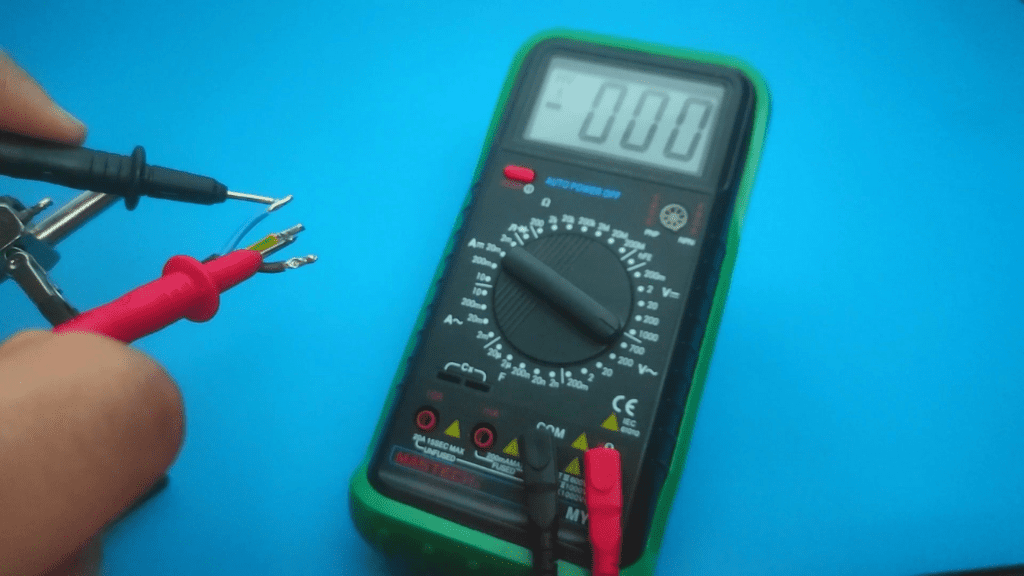
- Evaluating Results
If the wire is neutral, you get a 0-volt reading on the multimeter, and if the wire is hot, the multimeter presents you with the same voltage supplied to the socket.
This is either 120V or 240V, depending on where you reside.
You can also watch our video that exactly explain how to identify neutral wire with multimeter.
Identifying Neutral Wire Using Color Codes
Another method of identifying neutral wires is using color codes.
Certain colors show what each wire represents, and this is the fastest method of identifying which wire is neutral out of the three.
Here is an image that shows popular color codes.
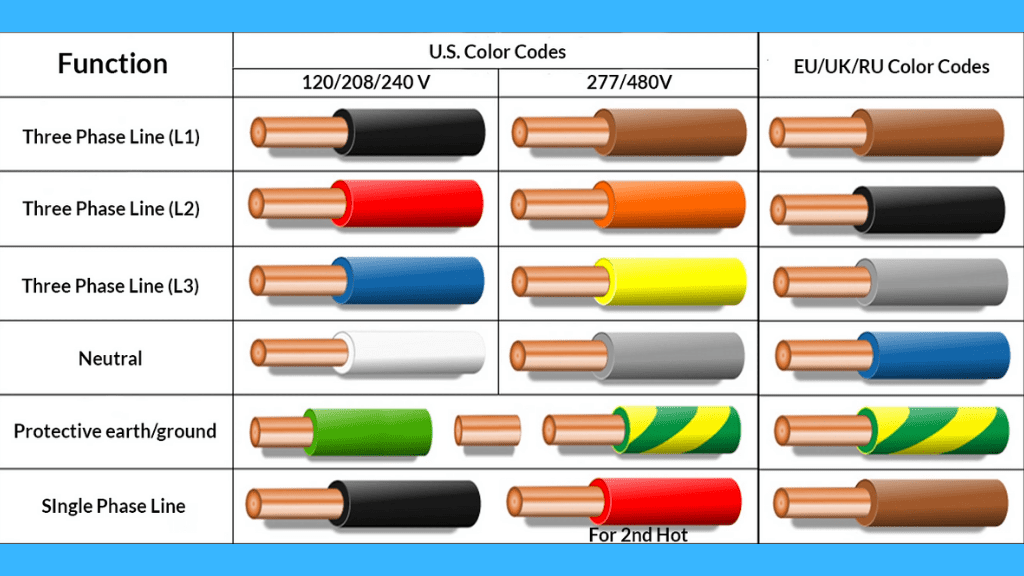
As you see, there’s an apparent problem with this method. Color codes are not universal and depend on where you get the wires from.
There could be mix-ups and, in some cases, all the wires may be coated with the same color.
This is why testing for neutrality with a multimeter is the best option.
Identifying Neutral Wires With An Voltage Tester
An voltage tester is an equipment that looks like a screwdriver and has a small bulb inside of it.
This bulb lights up when it comes into contact with live voltage and gives you a pointer to which wire is hot and which wire is neutral.
Place the metal tip of the voltage tester on the exposed ends of your wires. If you place it on the live wire, the bulb lights on.
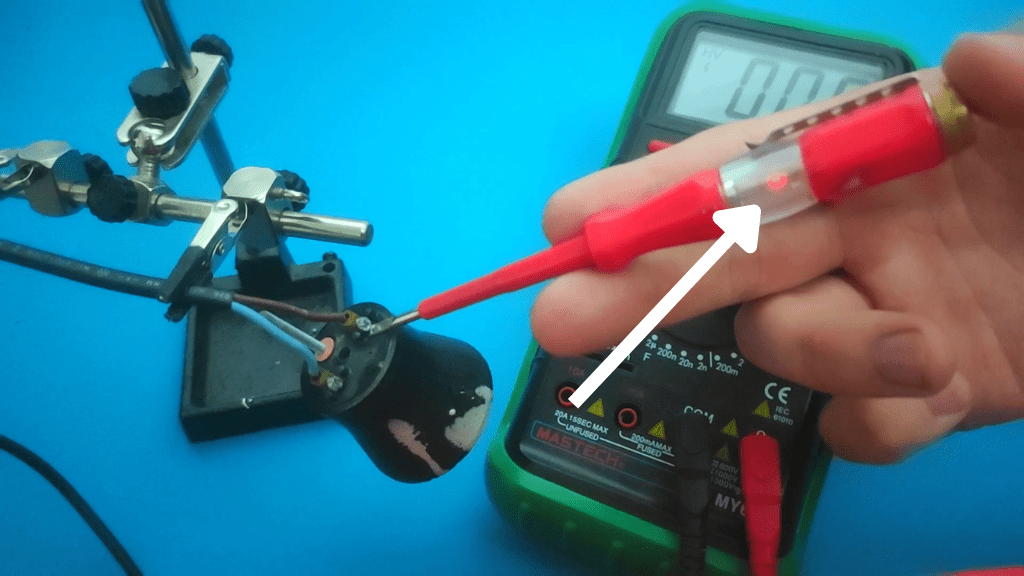
However, if you place the tester on a wire and it doesn’t light up, then you have found your neutral wire.
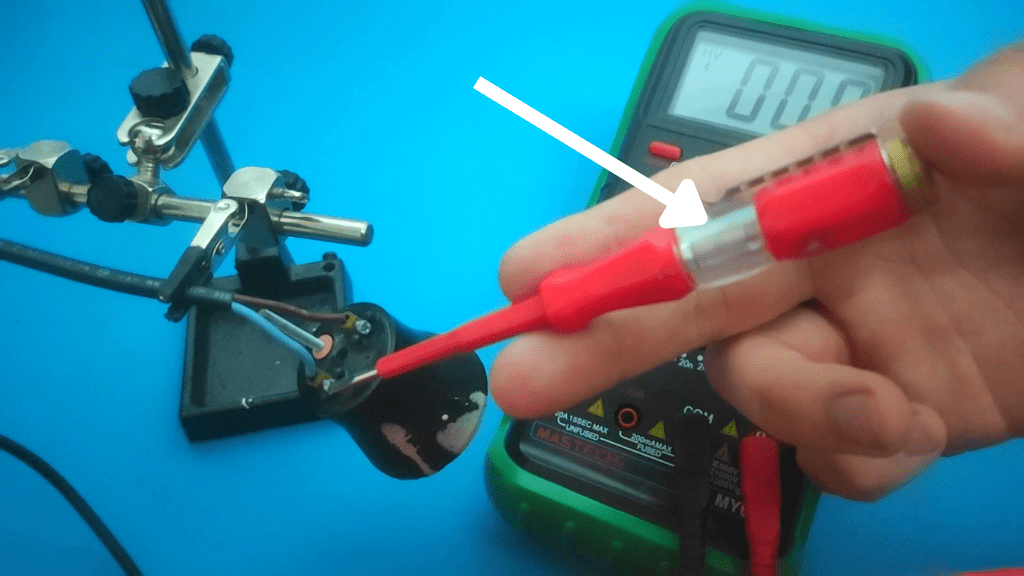
Conclusion
Identifying the neutral wire is as straightforward as it gets.
You may use color codes, but opting for a multimeter to check for the wire producing current when exposed is more accurate.
Frequently Asked Questions
What Happens If You Mix Up Hot And Neutral Wires?
When the hot and neutral wires are mixed up, you create reverse polarity within the circuit. Although current is still supplied to the appliance in need of it, there is a greater shock hazard.
What Is The Color Of Neutral Wire?
The color of the neutral wire depends on the jurisdiction the wires were created. For instance, the neutral wire is white or gray in the US, blue in the UK, and black in China and Australia.
Does Neutral Wire Carry Current?
The neutral wire does not carry any current but only serves as a return channel when connected to an appliance. In a 2-wire circuit, the same amount of current flows through the neutral and live wire.
What Is The Difference Between Neutral Wire And Earth Wire?
The earth wire provides a grounding channel for electrical current, while the neutral wire presents you with a channel for current to flow from the appliance and back into the power source.
